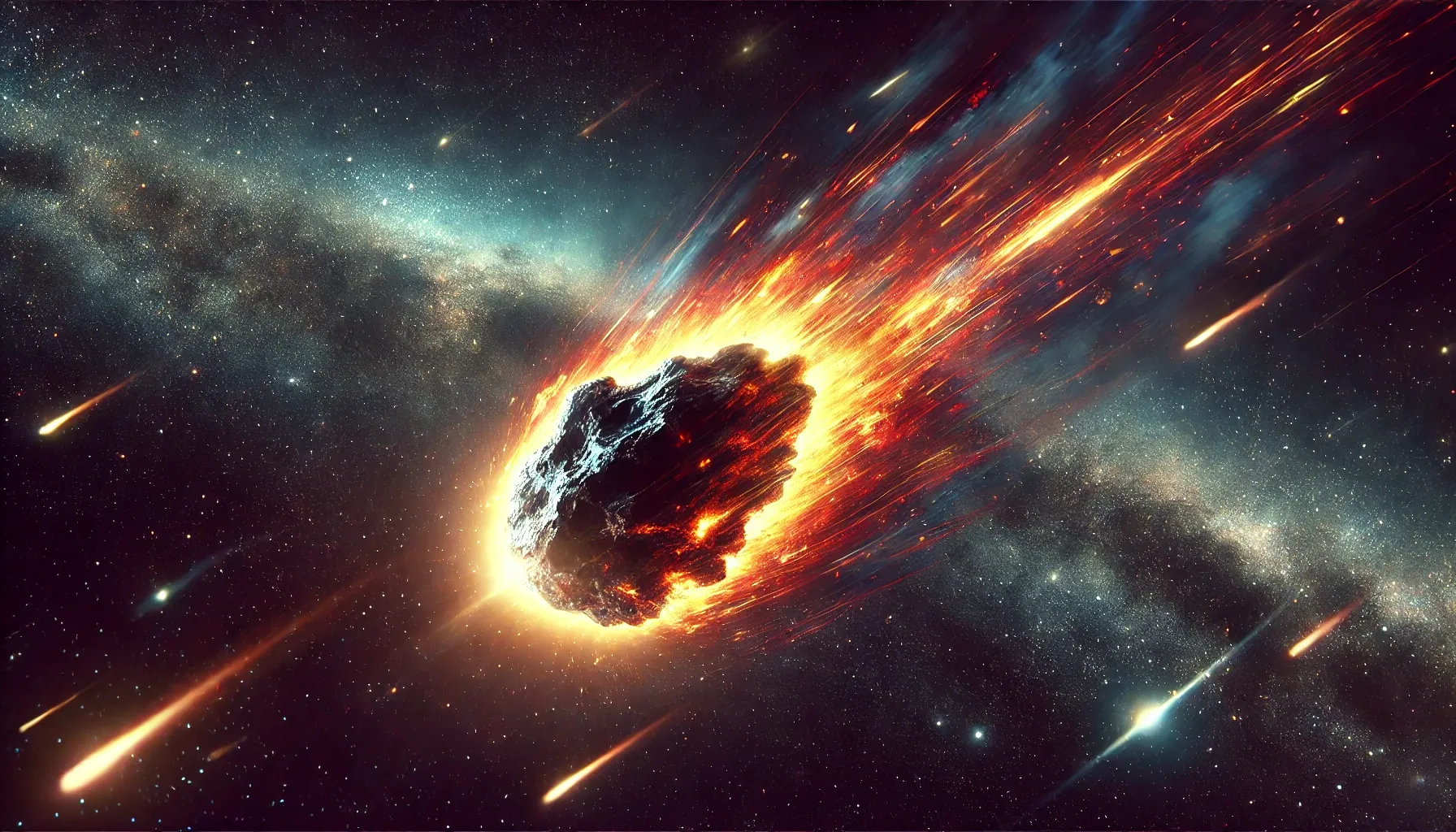UPSC
The Hindu Briefs
Pilbara Crater: Earth’s Oldest Impact Site
Last Updated
25th March, 2025
Date Published
25th March, 2025
Share This Post With Someone

Context:
This analysis details the discovery of a 3.5-billion-year-old meteorite crater in Australia’s Pilbara region, identified through fieldwork in May 2021 and published in Nature Communications. The finding reshapes our understanding of Earth’s early geological history and its implications for continental formation, offering valuable insights into planetary science as of March 25, 2025.
- Discovery Location: The oldest known meteorite impact crater, aged 3.5 billion years, was found in the Pilbara region of Western Australia, surpassing the previous record by over a billion years.
- Fieldwork Beginnings: In May 2021, researchers from Curtin University and the Geological Survey of Western Australia (GSWA) started a two-week expedition from Perth to locate the crater.
- Key Evidence: Shatter cones—delicate, branching rock structures resembling badminton shuttlecocks—were identified within an hour of fieldwork, providing visible proof of a meteorite impact.
- Crater Age Confirmation: The shatter cones, found in the Antarctic Creek Member, are overlaid by unshocked basalt, dating the impact to 3.5 billion years, aligning with the region’s ancient rocks.
- Impact Scale: The meteorite, likely several kilometers wide, struck at over 36,000 km/h, creating a crater possibly exceeding 100 km in diameter and scattering debris globally.
- Continental Formation Theory: The discovery supports the hypothesis that massive meteorite impacts supplied energy to form Earth’s earliest continents, melting rocks and triggering volcanic “blobs” in the mantle.
- Scientific Significance: It challenges traditional views of continental origins driven by internal heat, suggesting extraterrestrial impacts played a pivotal role in Earth’s geological evolution.
- Cultural Note: The site, unseen by geologists since its formation except by the Nyamal Traditional Owners, underscores the intersection of science and indigenous heritage.
Key Terms:
- Shatter Cones: Cone-shaped rock fractures formed by meteorite impact shockwaves.
- Pilbara Craton: Ancient geological region in Western Australia hosting early Earth rocks.
- Antarctic Creek Member: Rock layer in Pilbara containing evidence of the 3.5-billion-year-old impact.
- Meteorite Impact: Collision of a space rock with Earth, shaping its surface and crust.
- Continental Crust: Earth’s outermost layer forming continents, possibly influenced by impacts.
- Nature Communications: Peer-reviewed journal where the crater discovery was published.
- Geological Survey of Western Australia (GSWA): Agency aiding in the crater’s identification.
Link To The Original Article – https://www.thehindu.com/sci-tech/science/scientists-have-discovered-the-oldest-meteorite-impact-crater-on-earth-in-the-very-heart-of-the-pilbara-region-of-western-australia/article69320950.ece